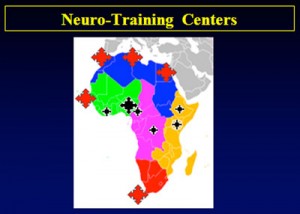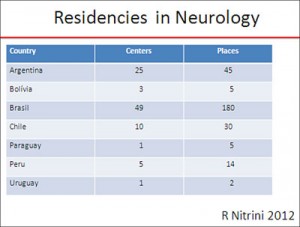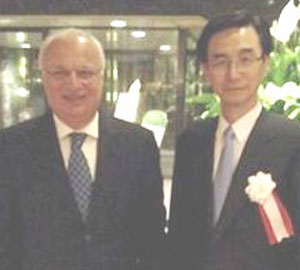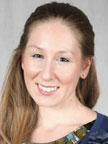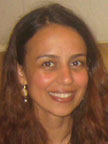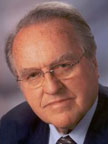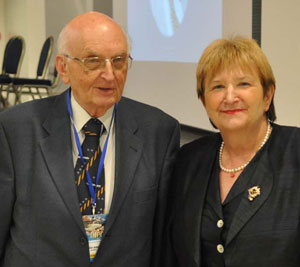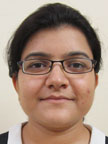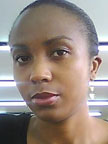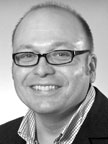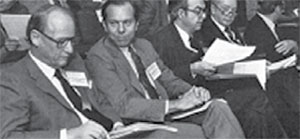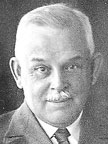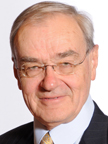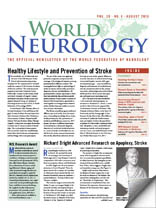The European Board Examination in Neurology took place during the ENS Congress in Barcelona June 7, 2013. Twenty-nine candidates attended the examination. These individuals were from Europe (Belgium, Cyprus, Germany, Italy, Portugal, Spain and Turkey) and from outside Europe (Canada, India, Iraq, Jordan, Saudi Arabia, Singapore, South Africa and United Arab Emirates).
The successful participants were then awarded the fellow of the UEMS/EBN (European candidates), or they received a diploma of the UEMS/EBN. This distinction is necessary, as all European candidates have a locally certified clinical training in an EU/EEA country or Turkey, whereas the other candidates do not have this. The EFN honored the candidates by introducing them to the audience before the ENS presidential symposium.
Twenty-five candidates passed the examination and became either fellows of the UEMS/EBN or they received a diploma of the UEMS/EBN. The examination has been a joint development of the ENS and EFNS with the contribution of questions by the MDS, the ESO and several other societies and individuals. Also e-Brain donated questions that were adapted and are used in the question pool.
The pattern and methodology of the UEMS/EBN examination previously consisted of 120 MCQs and an oral examination, and also a voluntary case presentation. All of the questions that were used went through a rigorous quality assessment by the education committee, the Department of Medical Education of the Ege University in Turkey (Caliskan) and a final editing by the examination committee. The 120 MCQs also were weighed according to topics.
The oral examination was replaced by EMQs (extended matching questions), which are case scenarios with eight to 20 possible correct answers. The EMQs test knowledge and examine clinical reasoning. The procedure of development of this new type of examination was time-consuming and could only be completed with the help of several individuals, who are mentioned on the website.
In addition to the quality assessment, each part of the examination, the MCQ and EMQ, are exposed to establishing a passing limit, based on the Nedelsky (MCQ) and the Angoff (EMQ) methods.
Finally, the case presentation is now a mandatory part of the examination where the candidates have to present a case of their choice and thus receive extra points for presentation, being judged by two examiners.
Based on the experience of the previous examinations, a suitable surrounding, staff and a system of electronic evaluation were available, which made the results clear and final shortly after the end of the presentation.
The successful participants were then awarded the fellow of the UEMS/EBN (European candidates), or they received a diploma of the UEMS/EBN. This distinction is necessary, as all European candidates have a locally certified clinical training in an EU/EEA country or Turkey, whereas the other candidates do not have this. The EFN honored the candidates by introducing them to the audience before the ENS presidential symposium.
Presently, the UEMS/EBN is considered an equal to the national examination by Austria and Belgium, and it is hoped that similar to other sections of the UEMS, the examination will either partly or as a whole replace the national examinations. For the first time, this year the UEMS/EBN examination will be open to candidates worldwide.
The process of the examination and examples can be seen at the UEMS/EBN website.
 The UEMS/EBN examination took place for the fifth time and will be taking place next year in Istanbul, at the joint congress of the ENS and EFNS. Both societies, which will soon merge and form the EAN, have contributed by supporting the European board examination by hosting the examination, delivering questions from their scientific panels and also supporting its development, which was funded by the European board of neurology.
The UEMS/EBN examination took place for the fifth time and will be taking place next year in Istanbul, at the joint congress of the ENS and EFNS. Both societies, which will soon merge and form the EAN, have contributed by supporting the European board examination by hosting the examination, delivering questions from their scientific panels and also supporting its development, which was funded by the European board of neurology.
